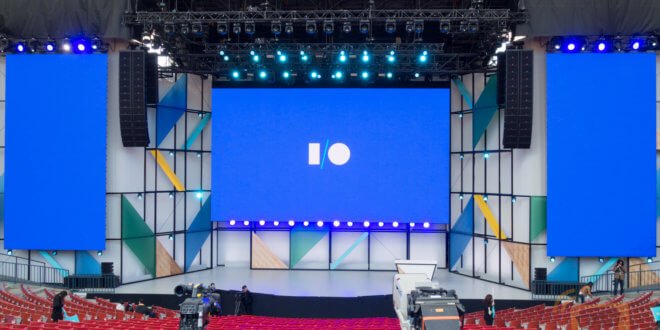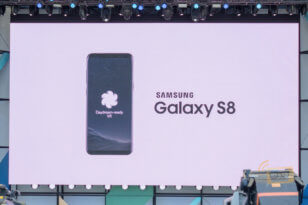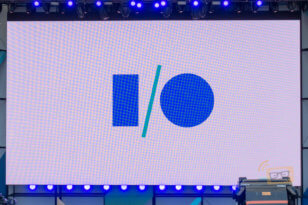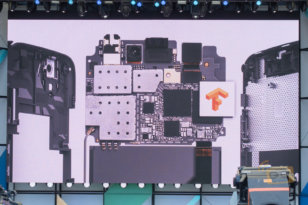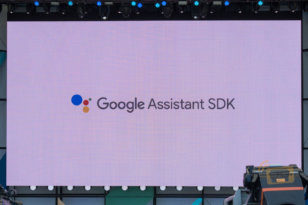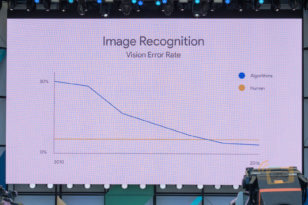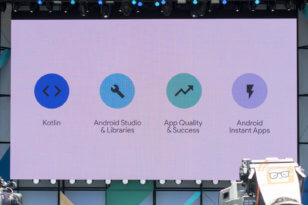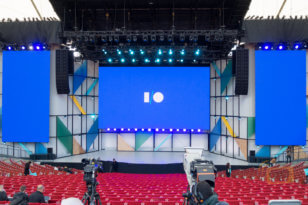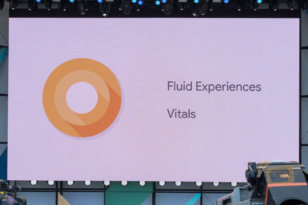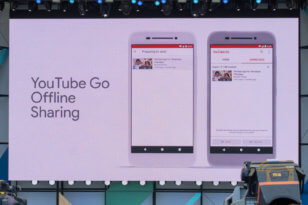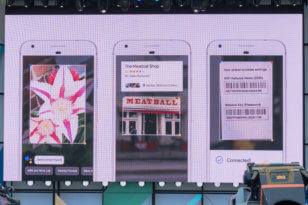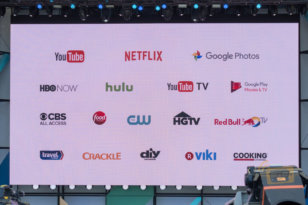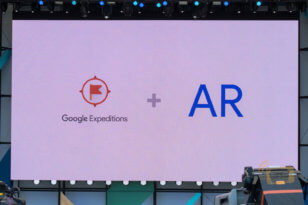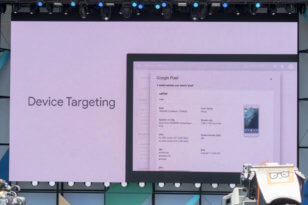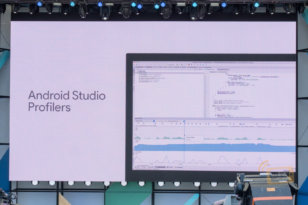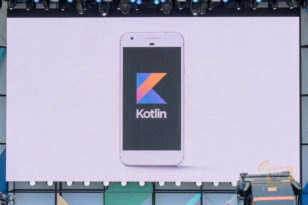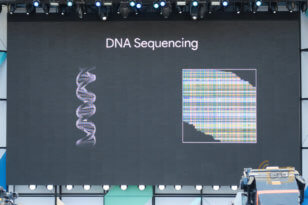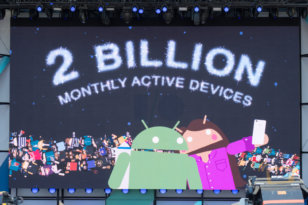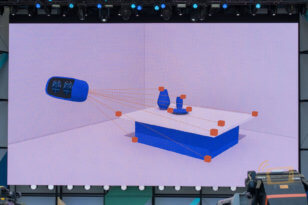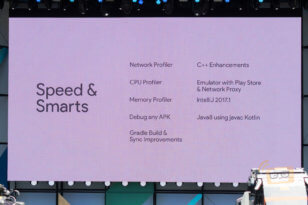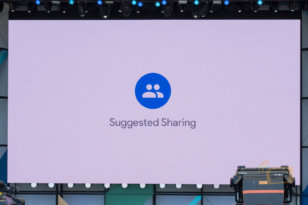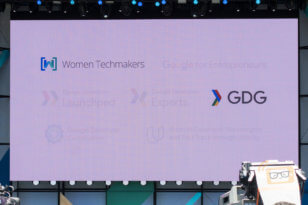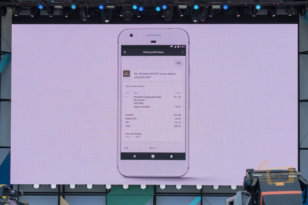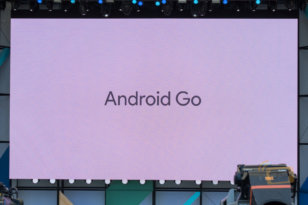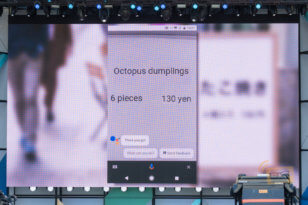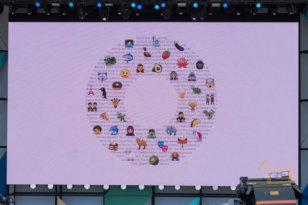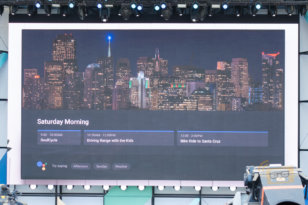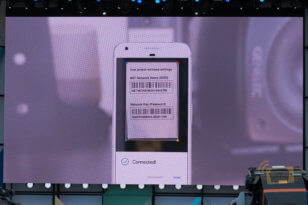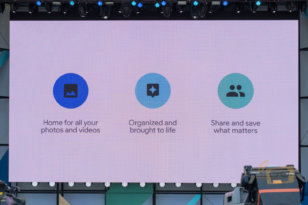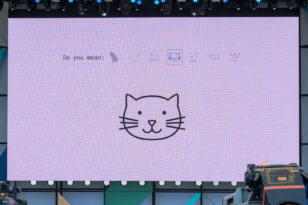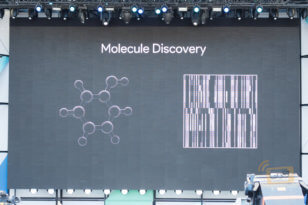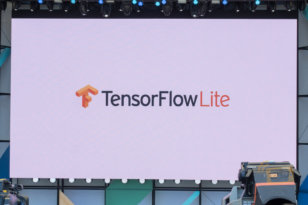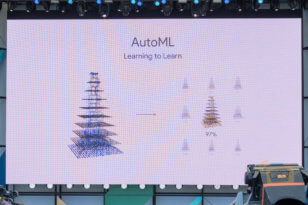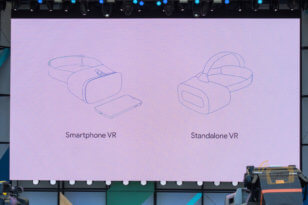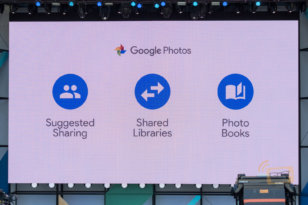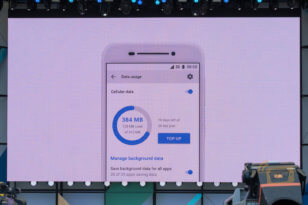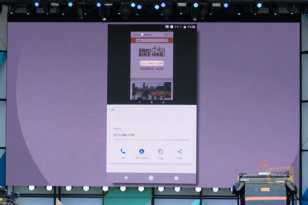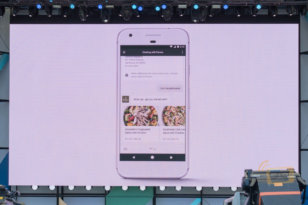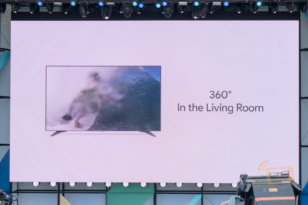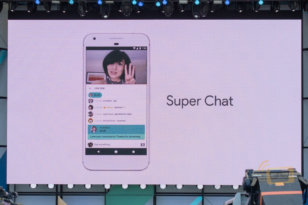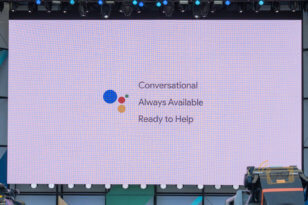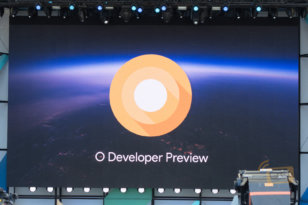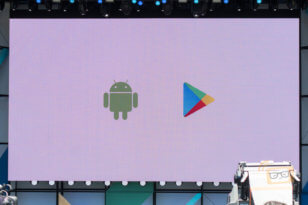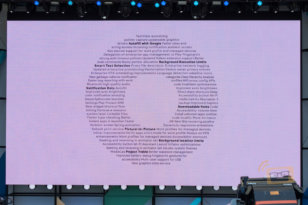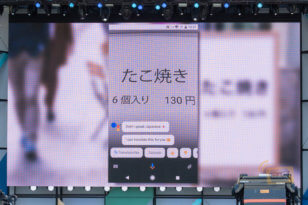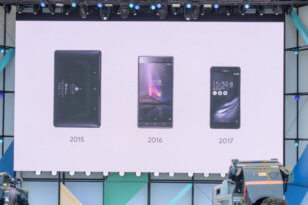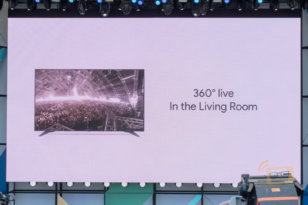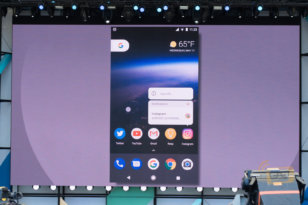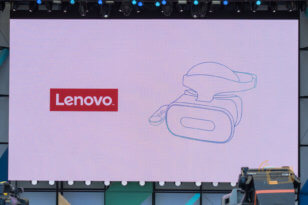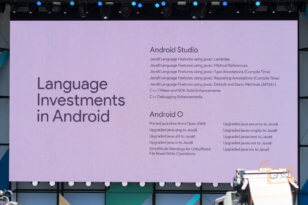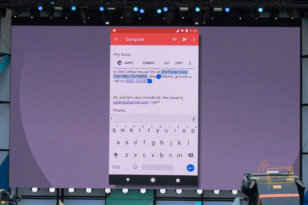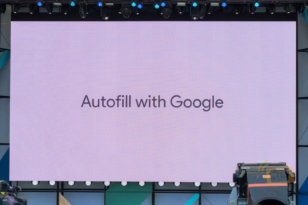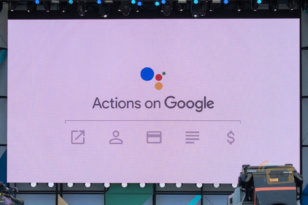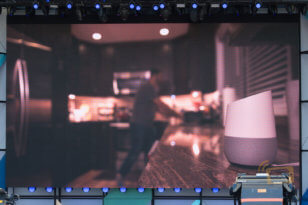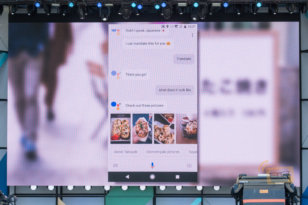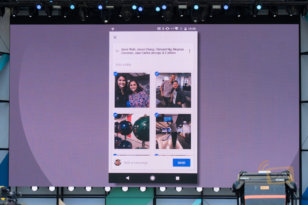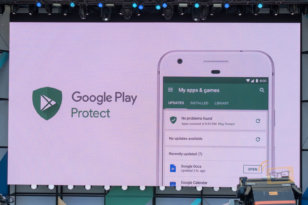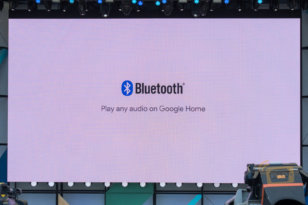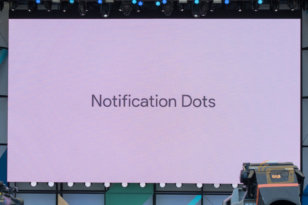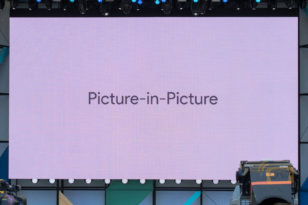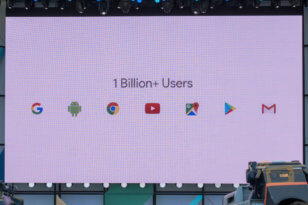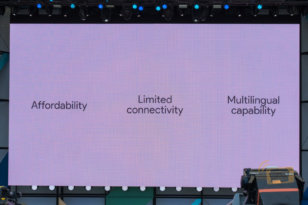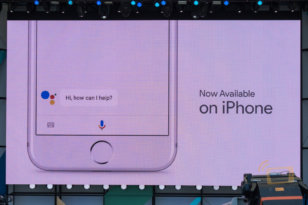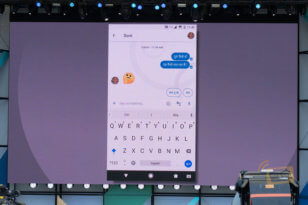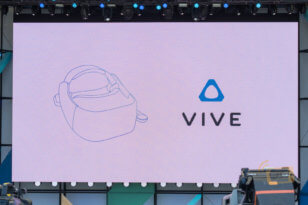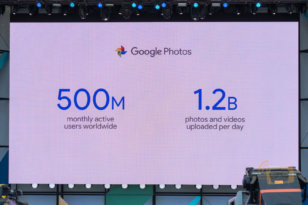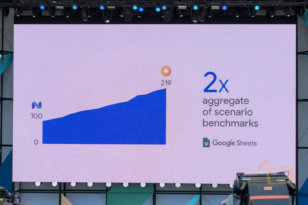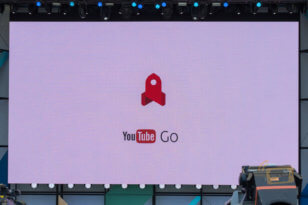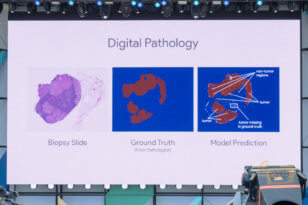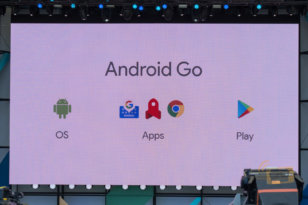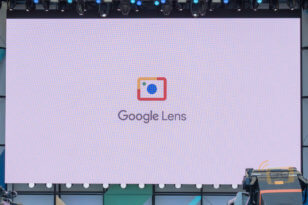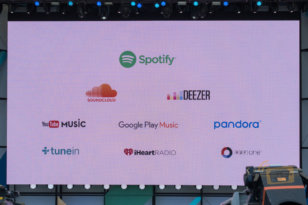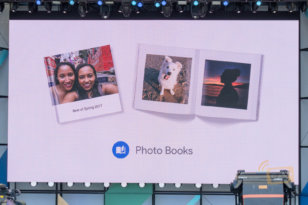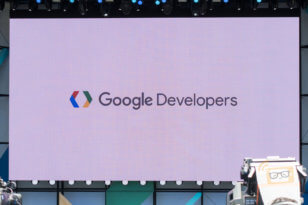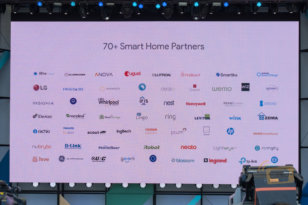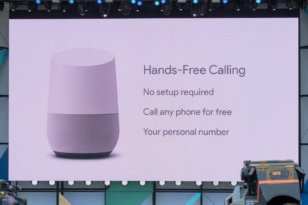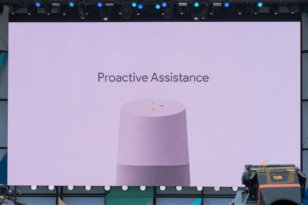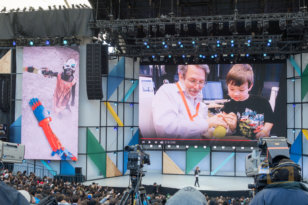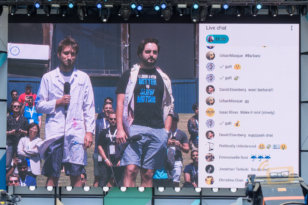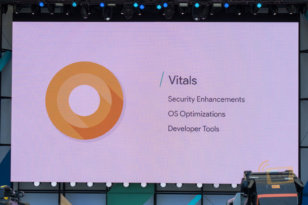Google’s annual developer’s conference, Google I/O, held from May 17-19 this year. The company had many great announcements this year, for both developers and consumers.
For starters, Google’s Android operating system (OS) now has more than 2 billion monthly active devices.

There are also over a billion daily active users using Google Search, Android, Chrome browser, YouTube, Google Maps, Google Play, and Gmail. Also, YouTube users now watch more than 1 billion hours of videos each day.

Similarly, Google’s cloud storage, Google Drive, also seen an increase in users, with over 800 million active users. Meanwhile, Google Photos has now crossed 500 million active users, with 1.2 billion photos being uploaded to the service each day.

Next up, Google announced Google Lens, an initiative for an improved Google Assistant, by providing users with info about things around them. It even takes action, while users are in a conversation with the Google Assistant.

Google’s CEO, Sundar Pichai, gave a short demonstration, showing how Google Lens recognizes the type and name of the flower, and taking a photo of the Wi-Fi router’s SSID and password and the device can automatically connect to the Wi-Fi network.

Google Home will also be getting three new features; hands-free calling, Visual Responses, and Proactive Assistant. The hands-free calling feature allows users to make hands-free calls via Google Home to anywhere within the United States and Canada.

The Visual Responses feature sends notifications to the devices so users can not only listen to reminders, but also be able to view them as well.

Lastly, with Proactive Assistant, it will only send notifications when users ask for it. This is best when users do not want to be notified with every notifications.

Google Home now supports more media content providers and it will be launching in Canada, Australia, France, Germany, and Japan in the coming months.

Google Assistant will also be getting many new features and capabilities that will make the life of the users definitely easy. To start off, the Google Assistant is now available for iOS.

On top of that, users can now ask questions to Google Assistant via the keyboard. This is particularly helpful, especially when users are in a large crowd, or are not convenient to talk.
Google also introduce Actions on Google for its Assistant platform, which allows for interactions with apps such as ordering, making purchase, etc.

Valerie Nygaard, senior product manager at Google, demonstrated how easy it is to order something with the help of Google Assistant. Once the order is placed, users get presented with the total cost and payment method and finally, order confirmation.

Google also announced that their Google Assistant will now support more connected appliances, including refrigerators, ovens, washers and dryers.

On the Android TV side of things, Google Assistant will soon be integrated with it. Alongside that, the Android TV home screen will also exhibits a new app drawer with favorite apps on the top, notifications, and shortcuts for recommended content.

As for the Google Photos department, it will be getting three new features as well; Suggested Sharing; Shared Libraries, and Photo Books. Suggested Sharing, as the name sounds, suggests the names of people to share photos with quickly. On the other hand, Shared Libraries automatically shares user’s photo library with anyone the user gives access to.

Photo Books turns the user’s photo library into a physical photo album, with price starting at $9.99 and $19.99 for a larger one.

Google also announced 360-degree YouTube videos for the TV. YouTube will soon support 360-degree videos on the biggest screen in your living room.

Next up is the Super Chat API. Super Chat was introduced by YouTube earlier this year. It allows users to get their comments highlighted and pinned at the top of the comments section. Now, with the Super Chat API, developers can create different applications with it, such as allowing viewers to trigger real-world actions with Super Chat.

One of the biggest announcements during Google I/O was the newest version of the Android OS, Android O. Android O’s new features can be categorized into two main categories, Fluid Experiences and Vitals.

Fluid Experiences, as the name implies, takes care of the experiences to provide users a smooth and seamless experience in accessing various apps. This includes various features like Picture-in-Picture, Notification Dots, Autofill, and Smart Text Selection.

Next up is Vitals, which is a new project available for developers to help spot issues with apps that can potentially impact phone security, battery life, and more.

Also, Google has released the second developer preview of Android O. Users can now sign-up for the Android Beta Program and have the over-the-air (OTA) update downloaded to their devices.

Another big announcement is Android Go, a lightweight version of the Android O crafted specifically for the lower end devices. Android Go is designed with features relevant for users with limited data connectivity.

Google also announced that their Daydream platform will now support standalone VR headsets. These headsets will work without a smartphone.

The Daydream platform features a new headset tracking technology called WorldSense, which enables positional tracking. HTC and Lenovo will be one of the firsts to release such devices later this year.

Google also announced Visual Positioning Service (VPS), which offers detailed indoor location tracking using Tango’s 3D sensing technology.

And finally, Daydream is coming to the Galaxy S8 and S8 Plus devices via a software update later this summer.

Kotlin is now officially the programming language for Android development, after C++ and Java.

Google also revealed TensorFlow Lite, a lite version of the original TensorFlow designed to be used on Android devices.

So, that’s all the highlights from Google I/O 2017.
 Pocket Insider Latest Technology Review
Pocket Insider Latest Technology Review
